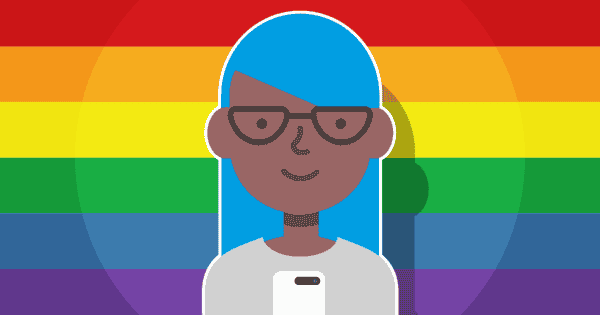Opening the conversation on some of the potential areas of risk is important, in order to make sure you are both on the same page, but it is important to strike a balance between making them aware of the dangers without scaring them off using the internet to explore who they are.
Conversations to have:
Pornography
Obviously, this might be an uncomfortable topic for you to approach with your child and one that should be tackled in an age-appropriate way. If your child is younger, this might not even be something that you feel is necessary to cover, but for teenagers, this is something they are much more likely to be exposed to. There are some things to consider when opening the conversation on this topic, including:
- Try not to feel too awkward. We appreciate this is easier said than done, but if you are obviously uncomfortable during discussions of sex and exploring sexuality, this attitude is something that your child is likely to absorb
- Remember, it is not a bad thing for your child to explore this side of themselves (providing they are of legal age), and if you are visibly awkward, this could impact their view of sex and relationships in the future
- Don’t be accusatory. You are not accusing them of looking at pornography or of doing anything wrong, but rather opening the conversation so they feel they can talk to you about anything they have seen that makes them feel uncomfortable or unsafe
- Understand why your child has accessed porn and think about how they can support them to meet that need in a healthier way. For example, if they’re curious about what sex involves, are there age-appropriate and factually correct resources they can look at to help answer their questions? If they feel pressured by age peers because ‘everybody’s doing it’, have a conversation with them about how it’s normal to feel those pressures but important to respect their own and others’ boundaries and the law
Fake news and bad advice
Fake news can be difficult for anyone to navigate, especially for minority groups. This is because they are often the subject of fake news, and it can leave them and those in their lives vulnerable to believing lies about themselves or their loved ones. Not only is fake news an issue, but there is a lot of useless or harmful advice on the internet that those who are not well educated in that particular area might decide to follow.
- Educate yourself. Make sure you know how to spot fake news, and teach them the signs
- Discuss with them what kind of things they are browsing the internet and try to understand what problems they might be trying to solve with it
- Identify with them the kind of support or advice that comes from reliable sources, and where to find these sources. For example, try to discourage them from finding advice on sites like Reddit or other similar forums as they are not moderated and can often contain potentially harmful advice


